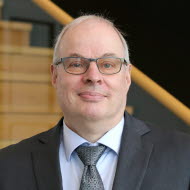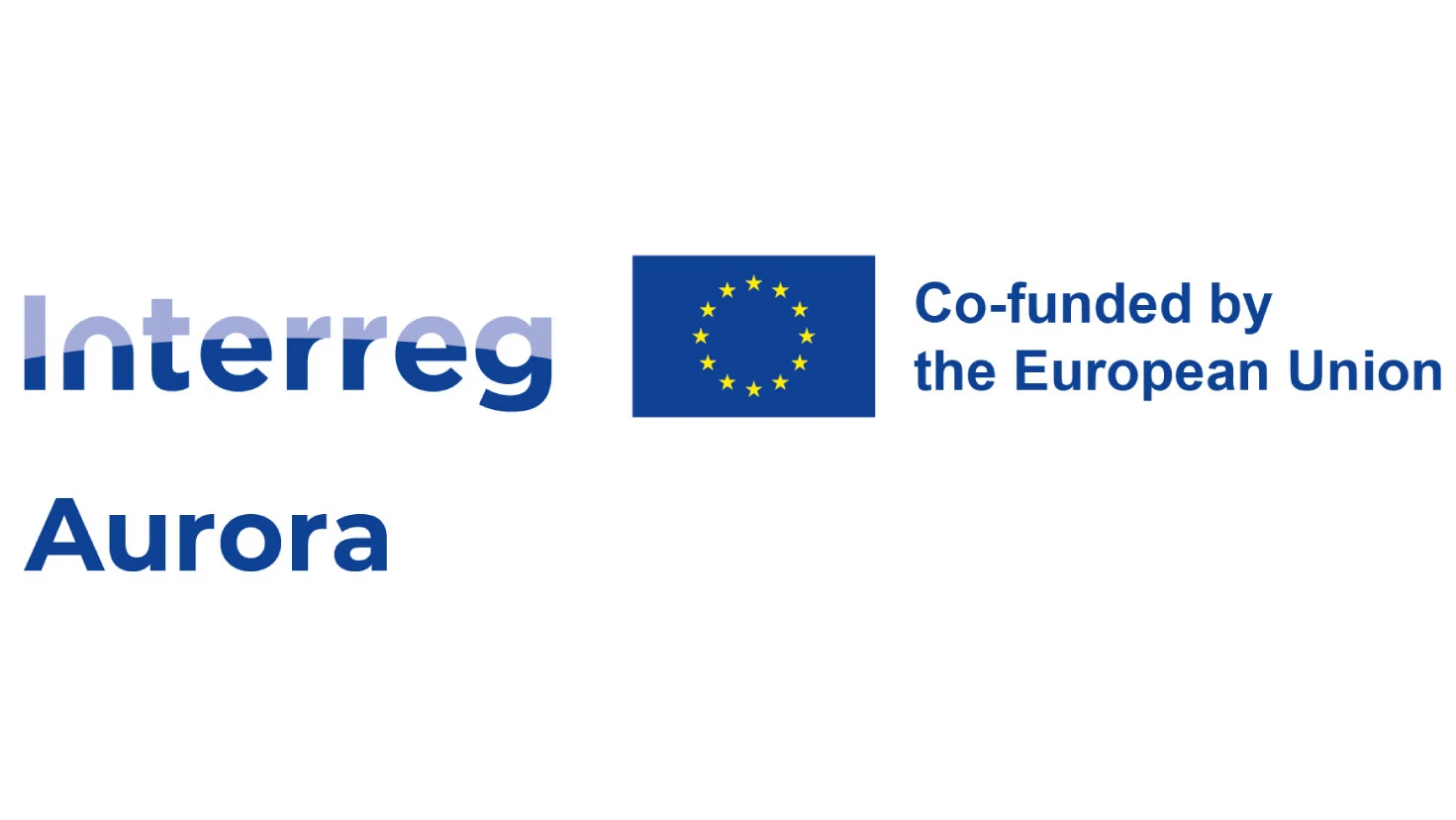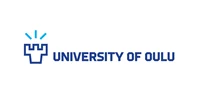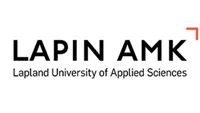MEQAL – Detect methane leaks with new technology
Emissions of the gas methane are difficult to detect. MEQAL is researching how sensor technology and drone measurements can be used to detect leaks at recycling stations and other sources of emissions. The project is run by Mid Sweden University, the University of Oulu and the University of Lapland.
Methane is one of the most powerful greenhouse gases and has a significantly greater warming effect than carbon dioxide in the short term. Despite this, it is often difficult to detect methane emissions and assess their size, making it difficult to take the right and effective action. Accidental methane leaks can come from various sources such as landfills, wetlands, and agricultural facilities.
Why is the project needed?
To reduce climate impact, better methods are needed to identify and measure methane emissions in real time. The MEQAL project will investigate how the use of sensors and drones can contribute to more accurate measurements and faster interventions, so that methane gas emissions can be reduced in a cost-effective and sustainable way. The project also aims to contribute to interdisciplinary research and collaboration between academia, industry and government agencies to develop innovative solutions that can monitor and prevent methane emissions.
Project objectives
- Develop and test sensors to track methane emissions through more precise and sensitive sensors.
- Use drone technology to map emission areas.
- Create methods for quick and efficient identification of leaks by developing algorithms and analysis tools that make it possible to quickly locate methane emissions.
- Contribute to methane emission reductions and sustainable development by supporting policymakers, businesses and researchers.
- Promote international cooperation and innovation by strengthening cooperation between research institutions, industry and government to develop new solutions for methane monitoring.
Facts
Project period
250301-280229
Research centers
Departments
Research groups
Project leader

Project members






